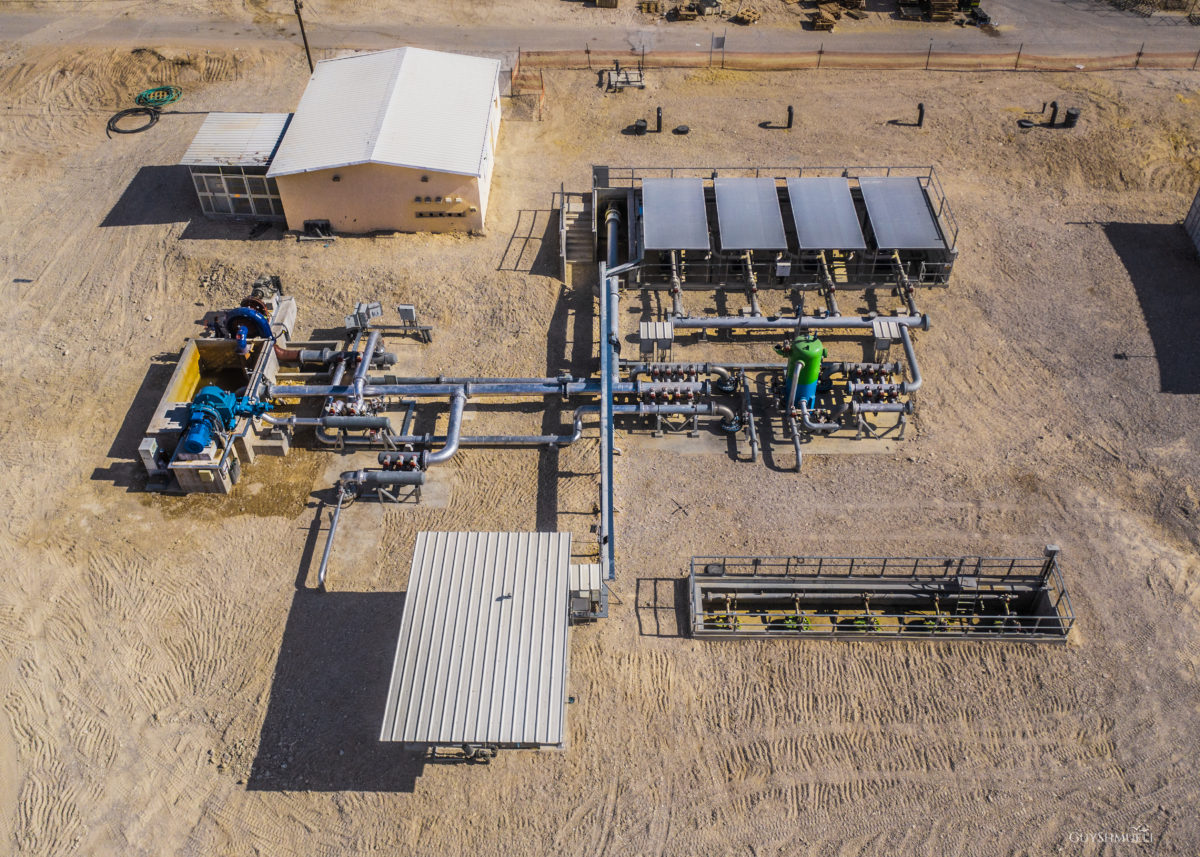
Researchers in the United Kingdom found that approximately 175 TWh of hydrogen and compressed air storage capacity will be needed to fully decarbonize heating in the United Kingdom. Lead researcher Bruno Cardenas told pv magazine that, when domestic heat demand is 100% electrified, average annual electricity demand and peak load in the grid are 26% and 70% higher than current levels.
The United Kingdom will need approximately 175 TWh of storage capacity when domestic space heating is fully decarbonized, according to new research from the University of Nottingham in England. The claim is based on an analysis of future storage requirements for the electricity grid at different stages of heat pump deployment.
Bruno Cardenas, lead author of the paper “Heat pumps’ impact on the requirement for grid-scale energy storage in the UK,” for publication in Renewable Energy in July, told pv magazine that deploying sufficient storage capacity to meet future demand represents a massive challenge.
“Currently we don’t feel the storage challenge that much because the gas network is there and it has a huge amount of storage. You can store more gas in the pipes simply by increasing the pressure,” said Cardenas.
The scientists found that when domestic heat demand is 100% electrified, average annual electricity demand and peak load in the grid are 26% and 70% higher than current levels, respectively. The total cost of energy also increases by around 4% under the scenario modeled, due to the storage capacity needed. This means that a fully decarbonizing UK heating system will require significant investment in long-duration energy storage, according to Cardenas.
The researchers modeled a scenario in which underground hydrogen caverns and compressed-air energy storage (CAES) provide a combined 175 TWh of storage capacity. Hydrogen storage with 160 TWh capacity would cover around 220 days of UK demand plus 15 TWh of CAES to cover around 10 days, according to the scientists.
Batteries were outside the scope of the study, but Cardenas acknowledged they currently play an important role in providing short-term flexibility, which he expected to continue.
The extremes in demand pose the most significant problem as more heat pumps are deployed. Cardenas acknowledged that heat pumps are “super efficient” but said even with a high coefficient of performance, human behavior creates challenges.
“We see two very marked peaks, one in the morning between 5 am and 8 am when everybody wakes up and is getting ready – we turn on our boilers – and then another one when we come back from work,” said Cardenas.
Thermal storage systems located on properties and an increase in demand-side flexibility could lower those peaks, but Cardenas said action must be taken now to ensure there is enough long-duration energy storage to meet future demand, due to the potentially decade-long buildout time for some technologies.
“The need is recognized,” Cardenas said. “There’s a lot of debate on what the actual storage capacity number is, but we shouldn’t have paralysis by analysis. We don’t need to know exactly how much it is. We only need to know it’s several tens of terawatt hours.”
“Rounding to the nearest integer, at the moment we have 0 TWh of energy storage in the UK,” he concluded.
This content is protected by copyright and may not be reused. If you want to cooperate with us and would like to reuse some of our content, please contact: editors@pv-magazine.com.
Source link


